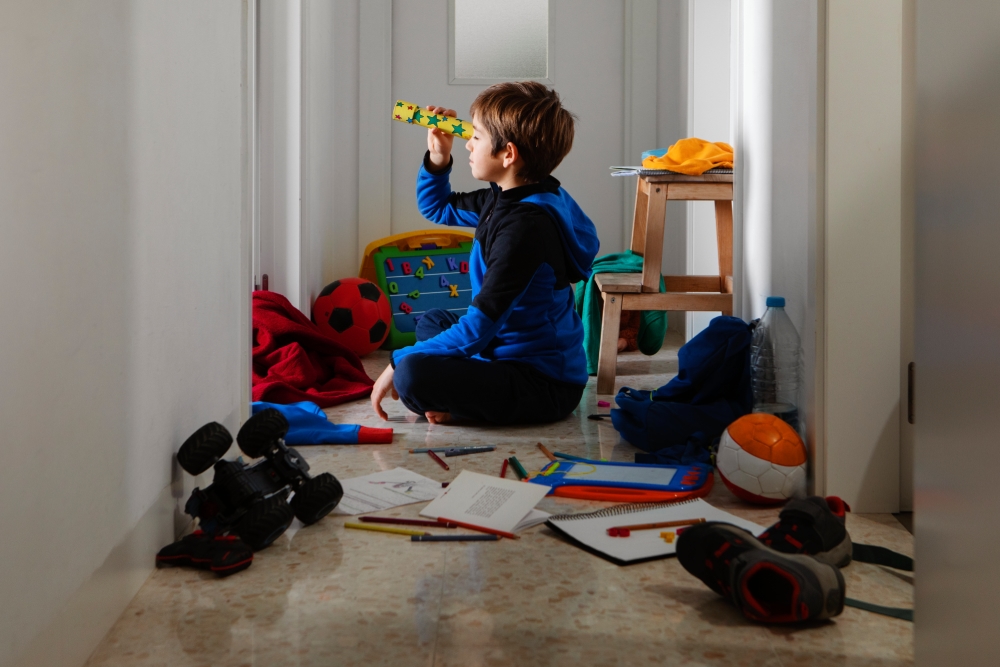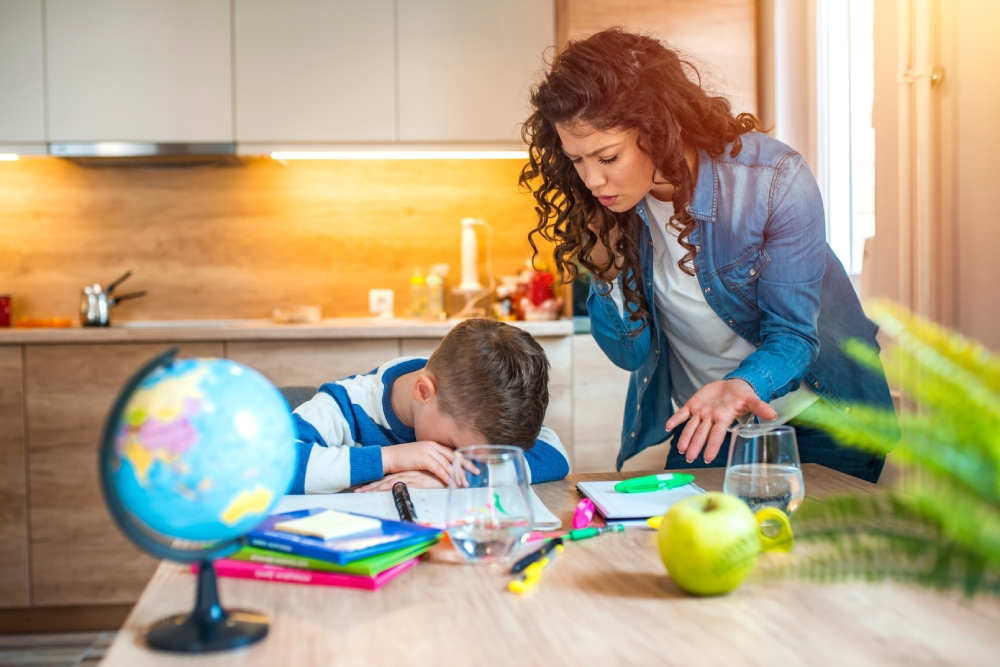Attention Deficit Hyperactivity Disorder (ADHD) affects millions of children globally, and for parents and caregivers, managing ADHD can often feel overwhelming and challenging. However, implementing an ADHD routine can significantly improve the effectiveness of therapy.
Routines help children with ADHD understand expectations, reduce anxiety, and enhance their ability to focus. By providing structure, routines create a sense of stability and predictability, which is particularly important for children who struggle with impulsivity and inattention. As a result, therapy becomes more productive, emotional outbursts decrease, and children can better manage transitions. Ultimately, establishing a consistent ADHD routine not only benefits therapy but also contributes to a child’s overall well-being and success in daily activities.
Why Routines Are Essential for Children with ADHD
Children with ADHD often struggle with impulsivity, inattention, and hyperactivity. These challenges can make unstructured environments overwhelming and difficult to navigate. Therefore, routines offer consistency, which creates a sense of security and predictability. When children know what comes next, their anxiety decreases, and they perform better in therapy.
Furthermore, an ADHD routine simplifies daily tasks, allowing children to focus on learning new skills during therapy. As a result, consistent habits improve memory and reduce emotional outbursts, which makes therapy sessions smoother and more effective. With the help of structured routines, children with ADHD can better manage their behaviors and make progress in therapy.
How to Create Effective ADHD Routine
- Start with Small, Achievable Steps: Introducing routines should be gradual. Begin with one or two tasks and expand as the child becomes comfortable.
- Align Routines with Therapy Goals: Work with therapists to design routines that complement therapy objectives. For example, include focused activities that reinforce therapy exercises.
- Use Visual Schedules: Children with ADHD often respond well to visual cues. Charts, pictures, or timers can make routines easier to understand and follow.
- Incorporate Breaks: Scheduled breaks during therapy ensure that children do not become overwhelmed. Balance structured tasks with relaxation time.
- Reward Consistency: Positive reinforcement motivates children to stick to routines. Praise or small rewards can make a significant difference.
Benefits of Structured Routines in ADHD Therapy
- Improved Focus and Attention
ADHD routines provide a clear framework for children to follow. Predictable schedules reduce distractions, making it easier for children to stay engaged. As a result, they can focus more effectively on tasks, leading to improved therapy outcomes. - Better Emotional Regulation
Routines teach children how to manage their emotions more effectively. Over time, as they become accustomed to a structured environment, they grow more comfortable handling transitions and changes. This sense of stability helps reduce emotional outbursts. - Enhanced Skill Development
Consistency in routines allows therapists to introduce new strategies and skills in a systematic manner. When sessions follow a predictable pattern, children adapt more quickly and retain skills more effectively. - Reduced Parental Stress
Parents also benefit from routines. Knowing what to expect allows them to plan activities and manage their child’s therapy more effectively. As a result, this predictability helps reduce anxiety and provides a sense of security. Furthermore, it enables parents to feel more organized and in control, leading to a smoother daily routine.
Role of Routine in Home and School Settings
Routines are essential in home environments, as they provide structure and predictability for children with ADHD. Consistent routines help parents set clear expectations, reducing confusion and minimizing emotional outbursts. When children know what to expect, they feel more secure, which improves behavior and overall family dynamics. Routines also encourage independence, as children learn to manage their tasks with little guidance.
In schools, structured routines are equally beneficial, helping children with ADHD stay focused and organized. Clear schedules and routines reduce distractions, allowing children to concentrate better during lessons. Teachers can implement routines to help children transition smoothly between subjects or activities. Additionally, routines at school reinforce those at home, ensuring consistency and supporting a child’s development across both settings.
Common Challenges in Maintaining Routines
While routines are beneficial, maintaining them can be challenging. Here are some common obstacles:
- Resistance to Change: Children with ADHD may resist new routines. Be patient and encourage them gradually.
- Inconsistent Schedules: Busy family lives can disrupt routines. Aim for flexibility without compromising structure.
- Overwhelming Expectations: Setting too many rules can be counterproductive. Keep routines simple and focused on key priorities.
How Therapists Utilize Routines in ADHD Treatment
Therapists often integrate routines into ADHD treatment plans. For example, they may structure therapy sessions with clear beginnings, middle phases, and endings. This approach helps children stay engaged and anticipate what comes next.
Moreover, therapists teach parents how to reinforce these routines at home. For instance, parents can replicate calming exercises or sensory activities introduced during therapy sessions.


Examples of Structured Routines for ADHD Kids
Morning Routine:
- Wake up at the same time daily.
- Complete personal hygiene tasks.
- Eat a healthy breakfast.
Homework Routine:
- Designate a quiet study space.
- Set a timer for focused work periods.
- Take short, timed breaks between tasks.
Bedtime Routine:
- Follow a consistent sleep schedule.
- Engage in relaxing activities like reading.
- Avoid screens before bedtime.
These routines create a stable environment, ensuring children with ADHD feel supported and less overwhelmed.
Long-Term Impact of Routines on ADHD Therapy Outcomes
ADHD routines are not just about managing daily life. They have long-term benefits for therapy outcomes. Children develop life skills such as time management, problem-solving, and emotional regulation. These skills extend into adulthood, improving their quality of life.
Structured routines also enhance therapy success rates by creating a foundation for continuous learning. Over time, children with ADHD become more confident, independent, and adaptable.
Conclusion
Routines are a powerful tool in therapy for children with ADHD. They bring order to chaotic situations and foster a sense of stability, which is crucial for children who struggle with impulsivity and inattention. By implementing an ADHD routine, parents and therapists can significantly improve therapy outcomes and help children develop essential life skills.
Whether at home, school, or therapy sessions, consistency is key to success. Starting small, being patient, and celebrating progress along the way can make a huge difference. With the right ADHD routine in place, children with ADHD can not only improve their behavior but also thrive and reach their full potential. Ultimately, maintaining a structured approach provides long-term benefits, helping children feel more confident and capable in their daily lives.
